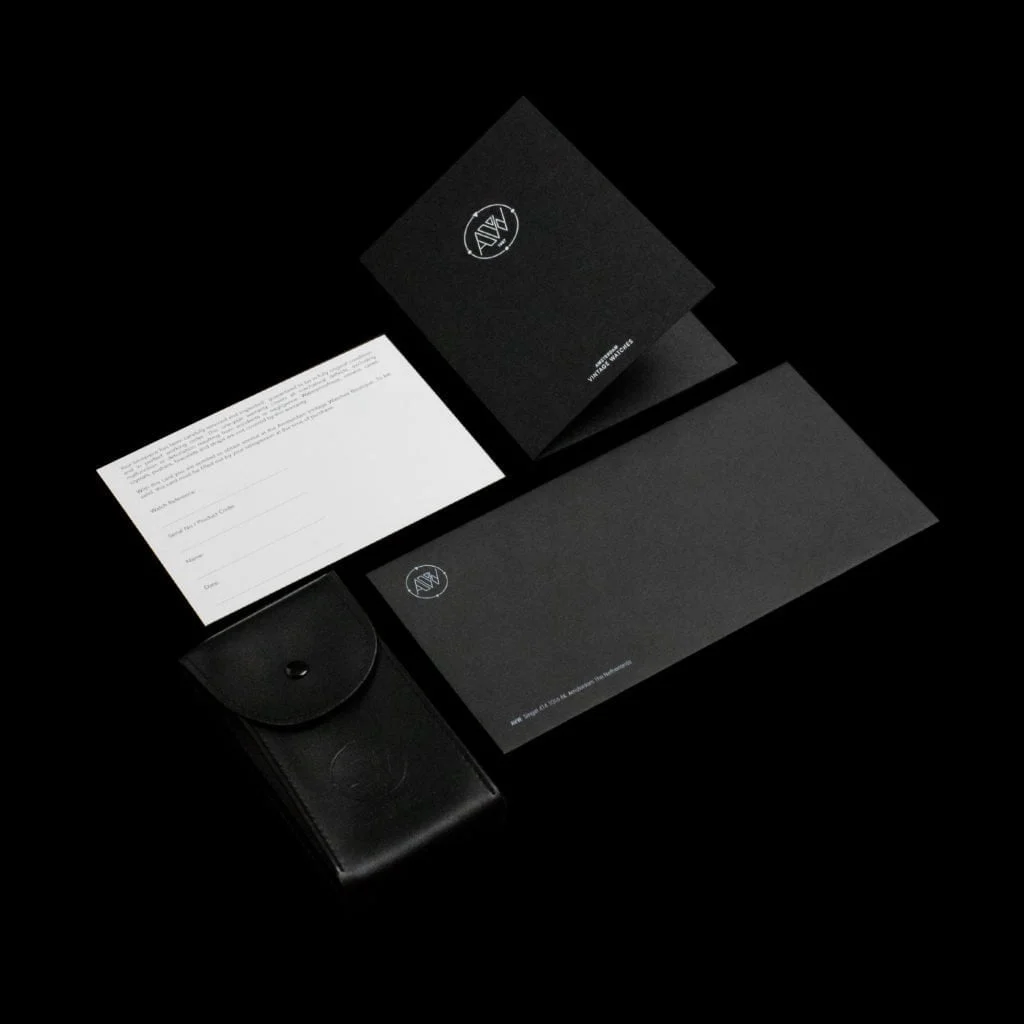Rolex Daytona 6263 'Big Red'
SoldRolex Daytona 6263 'Big Red'
- Free worldwide delivery
Every time you have to manually wind this Cosmograph, it reminds you of how much money you spent on a steel watch, being a Rolex that houses not even a Rolex movement (indeed, just a Valjoux movement). Yet, it is worth every penny!Since the invention of the ‘Oyster case’ in the '30s, Rolex has been marketing the waterproof capabilities of its watches. However, the first truly waterproof Daytona only came into existence in 1965 thanks to the introduction of the reference 6240 and its screw-down chronograph buttons (instead of the round pump pushers with internal gaskets on earlier Daytonas). The 6240 was also the first Daytona to feature a black acrylic bezel inlay with contrasting white graduation scale. The 6240 was discontinued after just 4 years and was replaced by the 6263 in 1969. The 6263 (and its brother, the 6265, with a metal bezel) enjoyed the longest production run of all vintage Daytonas (1971-1987). The one we have to offer is from 1979 and features a striking matte-black dial with discoloured sub-dials. The writing on the 6-hour position, above the sub-dial is in red and spells out largely Daytona. Hence, the nickname 'Big Red'.
Introduction
Rolex Cosmograph DaytonaRolex started making chronographs in the 1930s, but it was only in 1963 that a named product line was introduced: the Cosmograph. Although, the following name never appeared on the dial; in early advertisements Rolex referred to this model as the ‘Le Mans’. Named after the famous race track in France. But to strengthen their position in the USA market (for the same reason they switched the depth-rating from 'meters first' to 'feet first'), the Cosmograph was named Daytona after the racetrack in Florida. The most noticeable difference between these Cosmograph Daytona models and earlier Rolex chronographs, was the tachymeter scale (used for measuring distance and speed) that was moved from its traditional placement on the dial to the bezel. Furthermore, the dial was updated with the introduction of contrasting sub-dials. It's hard to imagine now, but Daytona’s received little love after their release. The first Daytona’s (4-digit references) where manually wound whilst the demand of the Rolex clientele was focused on automatic wristwatches. Most Daytona’s languished in dealer displays for years. Due to the lack of popularity Rolex kept changing the dial lay-outs and went on experimenting with different pushers and bezels, resulting in lots of different models in small quantities. Noticed by the Italian collecting community, that started purchasing these in the early '90s as they spotted the potential. By this time, Rolex already switched to an automatic movement from Zenith. The popularity began to grow and eventually led to the prominent place they nowadays have in the world of watch aficionados. The modern Daytona is the first model to be sold way above list price as they are hard to get but very much desired. The Zenith Daytona’s are rapidly increasing in price and the Valjoux-powered ones are dominating the auction world. For example, the world-record breaking Daytona owned by Paul Newman that still is the most expensive wristwatch ever sold. A big contrast with the $210 list price when it was first released!
Specifications
- SKU 5312
- Bezel material
-
Bracelet
Stainless steel Oyster bracelet, stamped '78350' with '571' endlinks, original Rolex
- Caliber
- Case Dimensions
- Case Material
- Clasp
- Dial
- Glass
- Index
- Inlay
- Model
- Movement
-
Reference
6263
- Year









